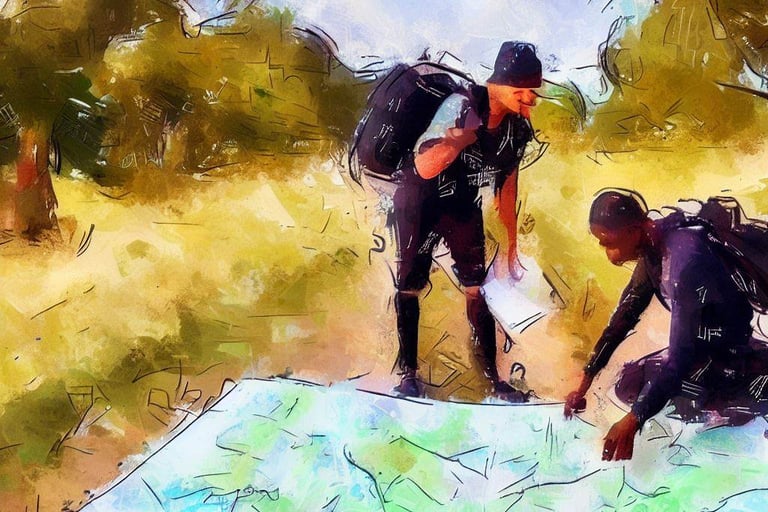From Strategy to Execution: the Role of the COO
A COO is simply what the business needs to deliver its idea into the market. A COO therefore needs to be focused on delivery first, orienting the business to execute on its strategy. My framework for the fractional COO role answers 3 simple questions.


3 Simple Questions
It seems obvious that even the best of ideas remains just a thought until it’s delivered into the hands of a customer. However, delivering results is often considered less important than having the big idea, or raising money for the big idea. Both are important, but my view is that success is simply how much your customers love your product, and this can only be achieved if the whole company is oriented towards delivering. This is why I view business operations through a delivery lens.
My approach for structuring a COO role is to answer 3 simple questions: Where are we?; Where do we want to go?; and How do we get there? It’s not revolutionary, but it works time and again.


Question 1: Where are we? (As-is analysis)
“If you cannot measure it, you cannot improve it.” Lord Kelvin
The starting point to improving anything is to understand where you are right now. This becomes the 0 mark on the ruler, the starting point from which improvements can be tangibly measured. It’s a non-trivial task, as information is often oral history, only in the minds of individuals. The simple act of writing this down frequently leads to unexpected insights.
Question 2: Where do we want to go? (To-be analysis)
“It is not enough to stare up the steps, we must step up the stairs.” Vaclav Havel
Doing what you’re doing today, except better, can be exactly the right thing to do. Process optimisation can yield significant business benefits. However transformation, growth or innovation requires a step-change to doing something new. Documenting and proselytising the vision (how the business will fill a market niche) and the strategy (making the choices that will define the resources the business will bring to bear) is critical but not enough to execute from. You need an actionable list of learnings because you’re doing something new, and measurable goals to show when you’ve reached your destination, or that it’s time to pivot.
Question 3: How do we get there?
“One accurate measurement is worth a thousand expert opinions.” Grace Hopper
Executing a plan is more than simply cause and effect. It’s overly reductive to think in terms of doing this thing to get this result, and if you don’t get the result it’s because you’re doing the thing wrong. Most project managers learn early on to think in terms of dependencies and risks (I like visualising these as a “fishbone” or Ishikawa diagram) rather than cause and effect. Most operations specialists think in terms of processes subject to continuous improvement. I apply both to business operations design: embedding learning by doing to replace opinion with fact; measuring what matters to focus effort into the right areas.
Conclusion: Business Operations focused on delivery
Delivery puts product in the hands of its customers. This enables businesses to learn with real data if their vision really does fulfil the imagined market needs, and whether their strategy really does enable filling these needs better than its peers.
A successful business is oriented to deliver. My vision for the role of a COO is therefore to design the business to deliver as best it can by answering the questions: Where are we?; Where do we want to go?; and How do we get there?
